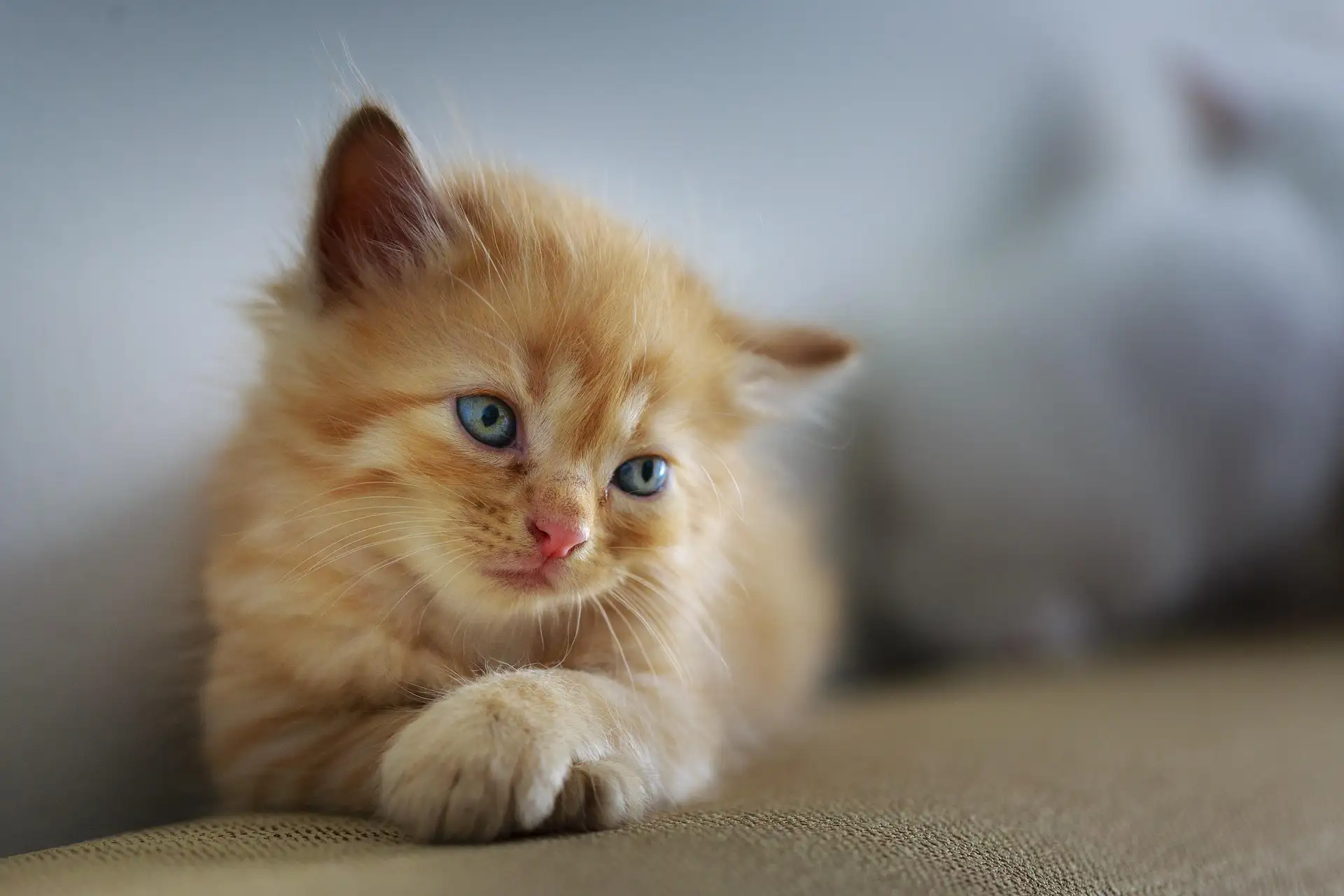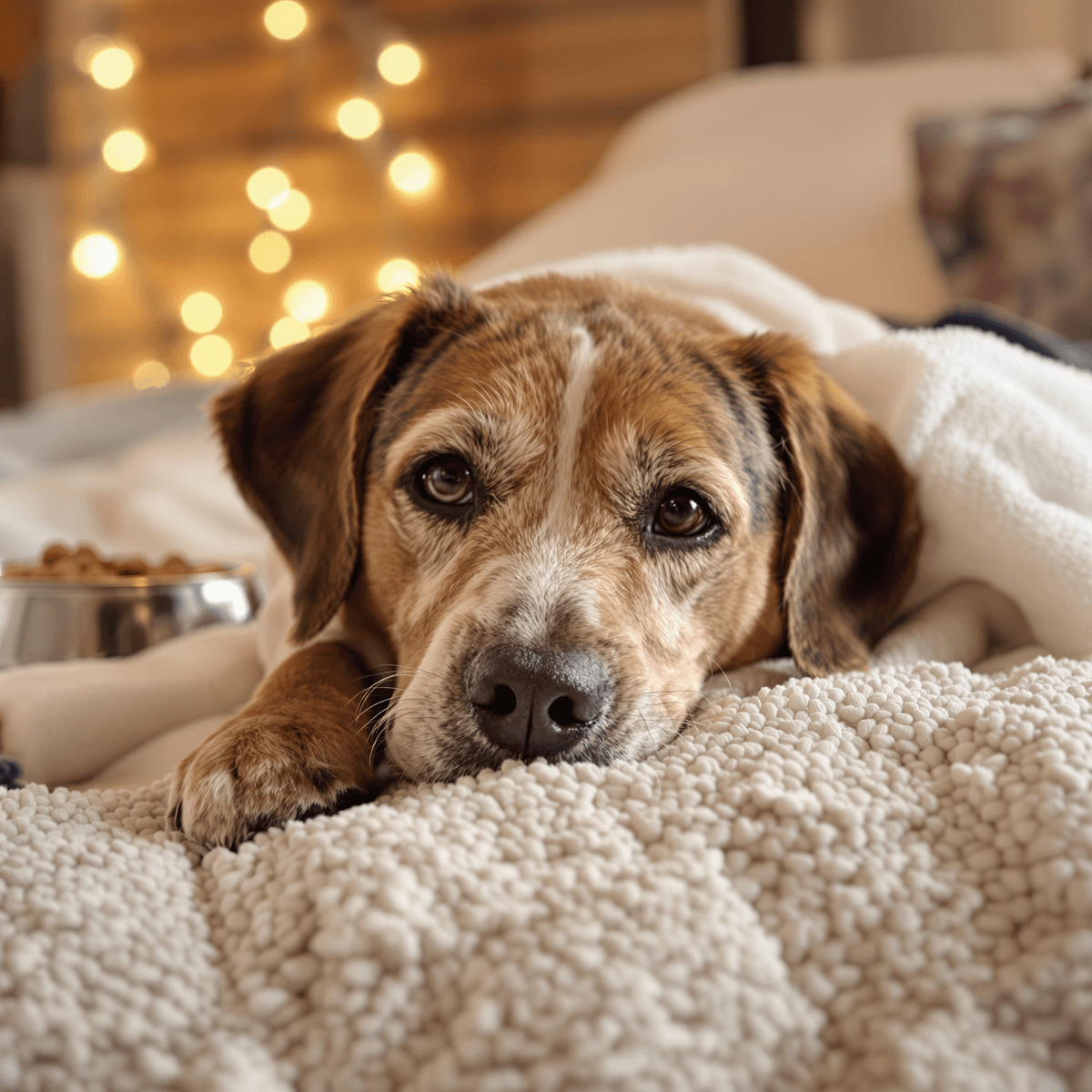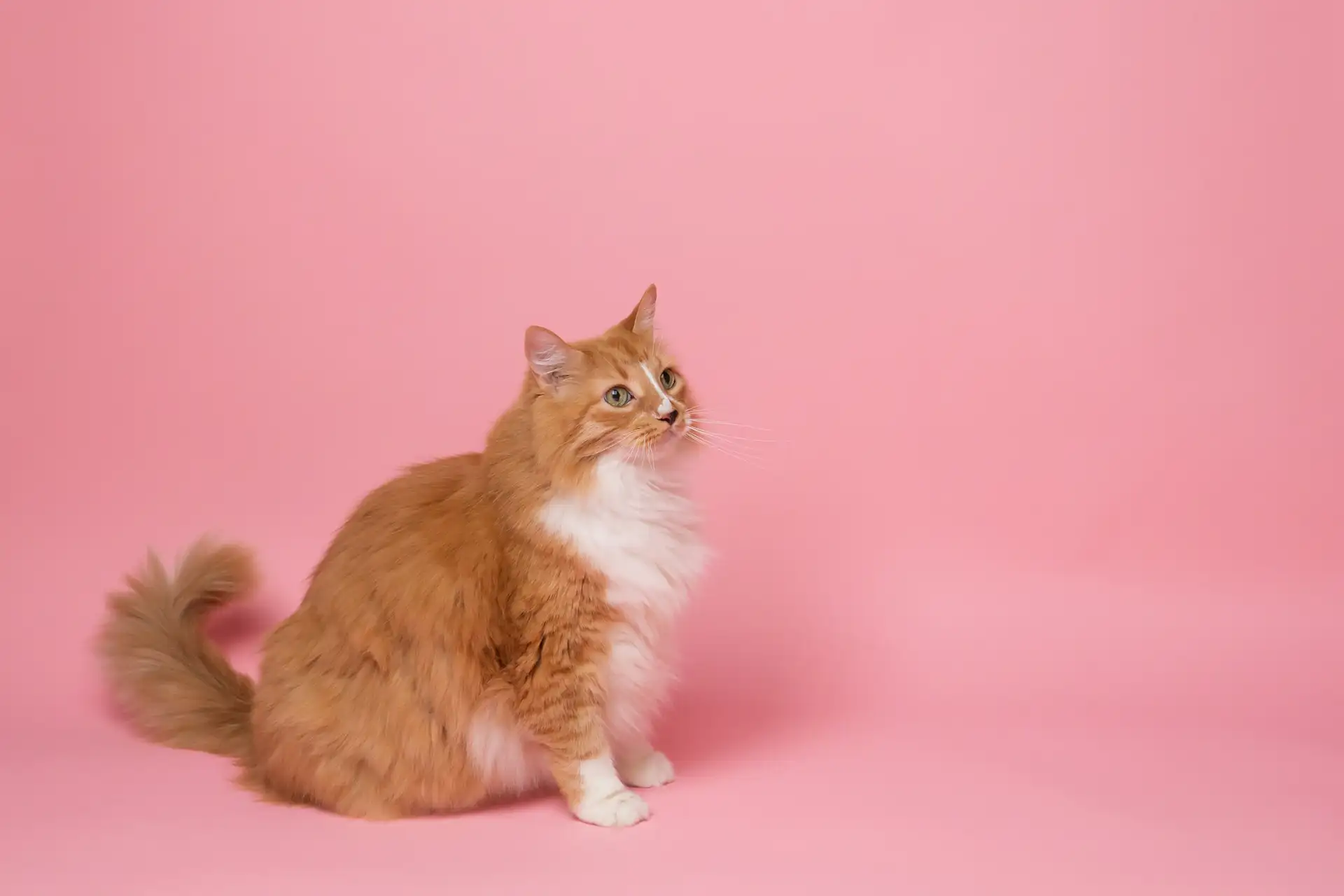Choosing the right toys for your dog is more than just a fun activity – it’s essential for their health and happiness. At our Bowmanville, ON veterinary clinic, we often see pet parents having a hard time finding toys that truly suit their dogs’ needs.
Your dog’s playtime activities have a direct impact on their:
- Mental stimulation
- Physical exercise
- Dental health
- Emotional well-being
- Behavioral development
The ideal toy for your furry friend depends on several important factors:
- Age: Puppies require different toys compared to adult dogs, taking into account their developing teeth and learning stages.
- Size: A Great Dane needs larger, more durable toys while a Chihuahua requires smaller, gentler options.
- Energy Level: High-energy breeds benefit from interactive toys that promote movement, whereas calmer dogs may prefer puzzle toys for mental engagement.
- Play Style: Some dogs enjoy fetching, others like tugging, and many find joy in solving puzzles for treats.
As veterinarians, we stress the importance of selecting toys that cater to your dog’s specific needs. The right toy can help prevent destructive behavior, reduce anxiety, and strengthen the bond between you and your pet. However, it’s crucial to ensure that the toys are safe and free from any harmful materials or components.
In this article, we’ll discuss how to choose the best toys for your four-legged friend while keeping their safety as a top priority.
Matching Toys with Play Styles and Ages
Different dog breeds have different ways of playing, which come from their genetic background.
Terriers and bulldogs naturally prefer tugging games, so heavy-duty rope toys are perfect for them.
Border collies and poodles excel at mental challenges, benefiting from interactive puzzle toys and treat-dispensing games.
Your dog’s size directly impacts safe toy selection:
- Small breeds (under 20 lbs): Mini tennis balls (1-2 inches), tiny plush toys, small rope toys
- Medium breeds (20-50 lbs): Standard tennis balls, medium-sized KONG toys, moderately sized rope toys
- Large breeds (over 50 lbs): Large balls (bigger than 3 inches), heavy-duty chew toys, thick rope toys
Age-specific toy considerations:
Puppies (0-1 year)
- Soft rubber toys for teething
- Frozen chew toys to soothe gums
- Smaller sized toys for developing jaws
Adult dogs (1-7 years)
- Durable chew toys
- Interactive puzzle games
- Sports equipment like frisbees
Senior dogs (7+ years)
- Softer toys for sensitive teeth
- Low-impact play options
- Gentle puzzle toys
Your dog’s energy level and health status should guide toy selection. High-energy breeds like
Australian Shepherds need toys that encourage extended play sessions – think ball launchers or agility equipment. Dogs with joint issues benefit from floating toys for low-impact water play.
Read more about choosing safe toys at the Humane World website here.
Health considerations:
- Dental issues: Choose specific dental cleaning toys.
- Arthritis: Opt for lightweight, easy-to-carry options
- Vision problems: Select bright-colored toys with sound features
- Weight management: Use treat-dispensing toys for controlled feeding
Purpose of Dog Toys: Beyond Just Playtime
Dog toys are more than just playthings for your furry friend. They serve as important tools for your pet’s growth and happiness. Here’s why dog toys are so beneficial:
Mental Health Benefits
- Reduces anxiety and stress through engaging activities
- Prevents destructive behaviors caused by boredom
- Provides comfort and security, especially when you’re away
- Creates positive associations with alone time
Training Enhancement
- Reinforces positive behaviors through reward-based play
- Teaches impulse control during games
- Strengthens the bond between you and your pet
- Helps establish boundaries and commands
Natural Instinct Stimulation
- Satisfies hunting drives through squeaky toys
- Fulfills prey-chase instincts with moving toys
- Encourages problem-solving with treat-dispensing puzzles
- Promotes natural foraging behaviors
Physical Health Impact
- Maintains dental hygiene through chewing
- Develops muscle strength and coordination
- Burns excess energy through active play
- Improves cardiovascular health with regular exercise
Your dog’s toys can become valuable tools for behavioral training, mental enrichment, and physical development. Regular play sessions with appropriate toys help create a well-adjusted, happy, and healthy pet while strengthening your bond through shared activities.
Types of Dog Toys: A Comprehensive Guide for Pet Owners
The pet market offers a diverse range of dog toys, each designed to serve specific purposes and play styles. Here’s a detailed breakdown of the main categories:
1. Tug Toys
- Rope toys made from durable cotton or hemp
- Reinforced rubber toys with handles
- Perfect for interactive play between dog and owner
- Helps build jaw strength and confidence
2. Chew Toys
- Durable Options: Made from tough rubber or nylon
- Dental Cleaning Varieties: Textured surfaces to remove plaque
- Popular examples include Benebones and Kong products
- Essential for aggressive chewers and dental health
3. Comfort and Security Toys
- Plush toys with soft filling
- Built-in squeakers for added engagement
- Kong Cozies and similar stuffed animals
- Ideal for gentle players and cuddle-loving dogs
4. Fetch and Retrieve Toys
- Balls in various sizes and materials
- Flying discs and frisbees
- Chuckit! launchers and compatible balls
- Water-friendly options for pool or beach play
5. Interactive Puzzle Toys
- Treat-dispensing devices
- Hide-and-seek games like Hide A Squirrel
- Food-stuffable toys like Qwizl
- Mental stimulation through problem-solving
6. Specialty Toys
- Puppy Teething Toys: Soft rubber with textured surfaces
- Senior Dog Toys: Softer materials for gentle play
- LED Light-Up Toys: For evening play sessions
- Automatic Ball Launchers: For independent play
Each toy category serves unique purposes in your dog’s play routine.
Safety Tips for Choosing Dog Toys: Ensuring Safe Playtime For Your Furry Friend
Your dog’s safety during playtime starts with selecting the right toys. A toy that’s too small can become a choking hazard, while oversized toys might be difficult for your pet to handle.
Size Guidelines for Safe Play:
- Small dogs (under 20 lbs): Choose toys no smaller than a ping pong ball
- Medium dogs (20-50 lbs): Select toys at least tennis ball-sized
- Large dogs (over 50 lbs): Pick toys bigger than a tennis ball
Watch for These Safety Red Flags:
- Loose parts or decorations that can be chewed off
- Broken squeakers or stuffing coming out
- Cracked or splintering materials
- Signs of excessive wear or damage
Supervision Best Practices:
- Stay present during play sessions with new toys
- Remove toys when pieces start breaking off
- Check toys regularly for damage
- Keep an eye on aggressive chewers who might swallow pieces
Extra Safety Measures:
- Test toy durability by pressing your thumbnail into it
- Avoid toys with strings longer than 6 inches
- Remove ribbons, strings, or loose parts before giving to your dog
- Store toys in a designated container when not in use
Remember to inspect your dog’s toys weekly for signs of wear. A simple squeeze test can reveal weak spots or structural damage that could lead to choking hazards.
We also recommend avoiding toys that may contain harmful materials. You can find out more about this on the Leafscore website
here.
If you suspect your dog has consumed something toxic, contact your local veterinarian immediately.
Moreover, it’s crucial to understand the potential dangers associated with popular dog chews. Some of these chews can cause serious health issues due to their composition or size. For instance, certain popular dog chews have been known to pose risks such as choking or intestinal blockages. Always research and choose chews wisely!
Maintenance and Replacement of Dog Toys: Keeping Playtime Fun And Safe For Your Pet
Regular maintenance of your dog’s toys extends their lifespan and protects your pet’s health. Here’s how to keep your dog’s toys clean and safe:
Cleaning Guidelines by Toy Type:
- Plush toys: Machine wash on gentle cycle with pet-safe detergent
- Rubber/plastic toys: Hand wash with warm, soapy water
- Rope toys: Soak in water with pet-safe disinfectant for 5 minutes
- Interactive toys: Wipe with pet-safe cleaning solution
Signs It’s Time to Replace Toys:
- Visible tears or loose parts
- Missing squeakers or stuffing
- Frayed rope fibers
- Cracked or broken plastic
- Heavy wear on chew toys
- Discoloration or strange odors
Pro Tips for Toy Maintenance:
- Clean toys at least once a month
- Rotate toys weekly to prevent overuse
- Inspect toys before each play session
- Store clean toys in a dry place
- Keep damaged toys out of reach immediately
A well-maintained toy collection keeps your dog engaged and safe during playtime. Set up a cleaning schedule and stick to it – your dog’s health depends on it. Remember: A clean toy is a safe toy.
FAQs (Frequently Asked Questions)
Why is it important to choose dog toys based on my dog’s age and play style?
Selecting dog toys that align with your dog’s age and play style ensures safety and maximizes engagement. Age-appropriate toys cater to developmental needs, while matching toys to play styles supports mental stimulation and physical exercise, promoting overall well-being.
How does a dog’s breed and size influence the choice of suitable toys?
Different breeds have unique play styles and energy levels, which affect toy preferences. Additionally, choosing toys that are appropriately sized for your dog’s breed prevents choking hazards and ensures safe, enjoyable playtime.
What are the main types of dog toys and their benefits?
Dog toys include tug toys for interactive play, chew toys that support dental health, plush or squeaky comfort toys for security, toss/retrieve toys for physical exercise, and puzzle or treat-dispensing toys that stimulate mental activity. Each type serves distinct purposes enhancing your dog’s physical and mental wellness.
How do dog toys contribute to my pet’s mental health beyond just playtime?
Dog toys aid in mental stimulation by engaging natural instincts, reducing boredom, and supporting training efforts. Interactive and puzzle toys challenge cognitive skills, helping to alleviate anxiety and promote a balanced emotional state.
What safety measures should I consider when selecting dog toys?
Ensure the toy size matches your dog’s size to avoid choking hazards, opt for durable materials suited to your dog’s chewing strength, and always supervise playtime. Regularly inspect toys for damage to maintain a safe play environment.
How should I maintain and replace my dog’s toys to keep them safe and fun?
Regularly clean dog toys using pet-safe disinfectants to prevent bacterial buildup. Monitor the condition of each toy and replace any that are worn-out or damaged promptly to avoid potential health risks during play.
Contact our Oshawa, ON Pet Clinic
Are you looking for a great veterinary clinic near me in the Oshawa area? You’ve come to the right place! Please feel free to contact us anytime.
Visit our Service page
here for more insight about our clinic and the animals we treat.
This blog is meant to be informational only. Always consult with your veterinarian for the right medical advice, diagnosis, or treatment plan for your pet and follow their advice.



